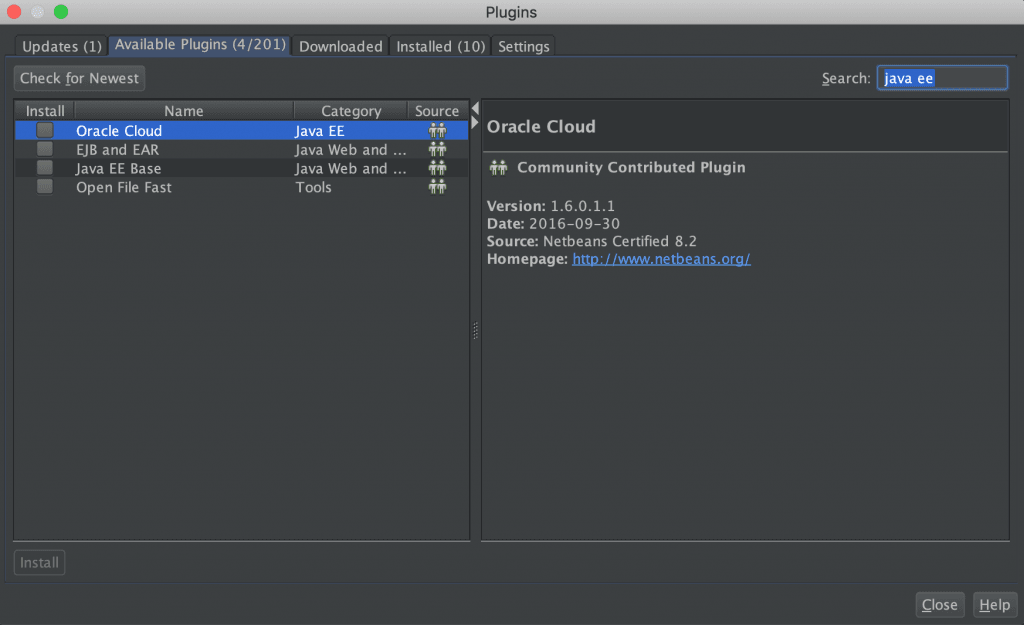

You can also use File Exit to close all open projects and quit IntelliJ IDEA. To achieve this, you only need to open a project, while another one is already opened, and choose Add to currently opened projects. It's possible to work with multiple projects simultaneously using IntelliJ IDEA. How can I open several projects in IntelliJ IDEA simultaneously? For more information, see Generate Ant Build file. How do I generate an Ant build script for my project? Click to add a new configuration and choose how you want to run your application. You can create run configurations yourself: in the main menu, select Run Edit Configurations. As a result, the necessary run configuration will be created automatically and then executed. If you have a Java class with a main() method, open the corresponding file in the editor, right-click the editing area and select Run '.main()'. The Run button is disabled because there are no run configurations in your project. In the Add Frameworks Support dialog that opens, select the frameworks to be supported, specify the associated settings and click OK.įor more information, see Add frameworks (facets) and for example Jakarta Server Faces (JSF). (Framework support is enabled at a module level.) Right-click the necessary module and select Add Framework Support.
#NETBEANS 8.2 AND JAVA 9 WINDOWS#
Open the Project tool window (for example View Tool Windows Project ). In IntelliJ IDEA Ultimate (there's no corresponding functionality in the Community Edition): How do I configure a Web framework for my project? Select the modules in which this library will be used.įor more information, see Working with libraries. Under Project Settings, select Libraries.Ĭlick, select Java and specify the library location. Under Project SDK, select the JDK from the list.įor more information, see SDKs. Open the Project Structure dialog ( File Project Structure or Ctrl+Alt+Shift+S ).Ĭlick, select JDK and specify the JDK installation directory. Idea directory where project definition XML files are stored. Is there a directory-based project format in IntelliJ IDEA? The following table maps the most important NetBeans concepts to IntelliJ IDEA ones. So, IntelliJ IDEA module is more like a NetBeans project.
#NETBEANS 8.2 AND JAVA 9 CODE#
IntelliJ IDEA creates a project for an entire code base and a module for each of its individual components. What's the difference between projects and modules? You'll still need to configure a run configuration, however, all project dependencies will get resolved. If you are using Maven with NetBeans, and you want to import a Maven project into IntelliJ IDEA, select File Open and then select your project's pom.xml. Nbproject directory and build.xml will remain untouched, and you'll be able to use IntelliJ IDEA along with NetBeans.ĭuring the import IntelliJ IDEA will fix missing libraries, add facets for different Web frameworks and create a run configuration. Idea directory) to your project directory. IntelliJ IDEA will add the necessary definition files (the. When the Import Project wizard opens, select the Create project from existing sources option and then follow the instructions of the wizard. It can be either Felix or NetBeans version of Equinox. As such, when one decides to use this module, one needs to turn on an OSGi container inside of the NetBeans Platform. However it depends on other modules provided by the HTML for Java project and those are OSGi bundles. The HTML for Java & NetBeans API is a classical NetBeans module. Lazy initialization of the implementation. After retrieving the result, the client can attach a listener and be notified when the result of the lookup is changed. The NetBeans lookup library also provides: Support for dynamically changing the lookup content. Use File New Project from Existing Sources and select your NetBeans project directory.

How do I open a NetBeans project in IntelliJ IDEA?


 0 kommentar(er)
0 kommentar(er)
